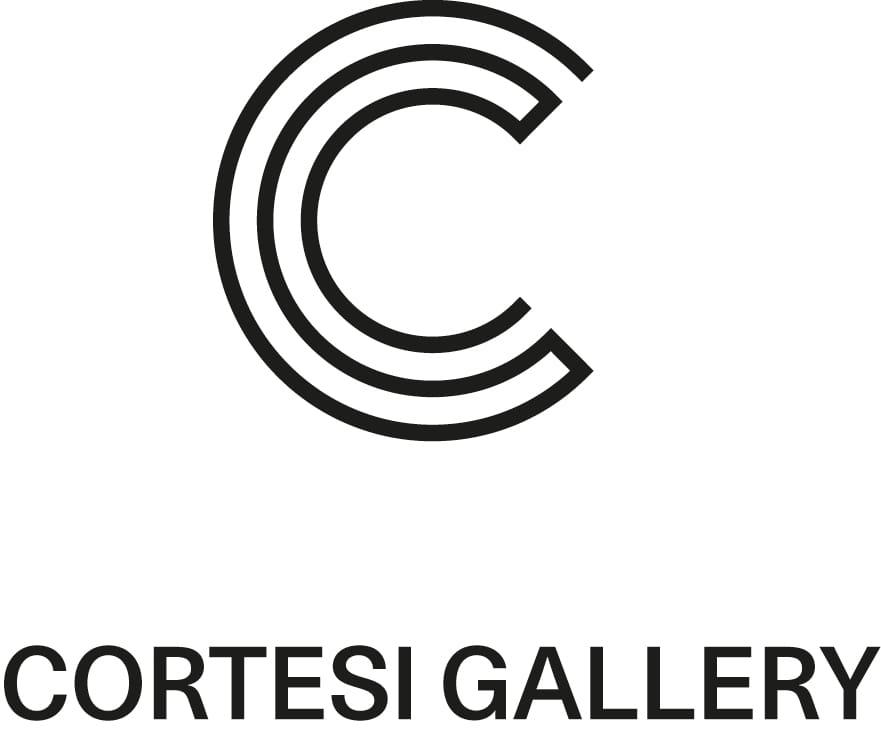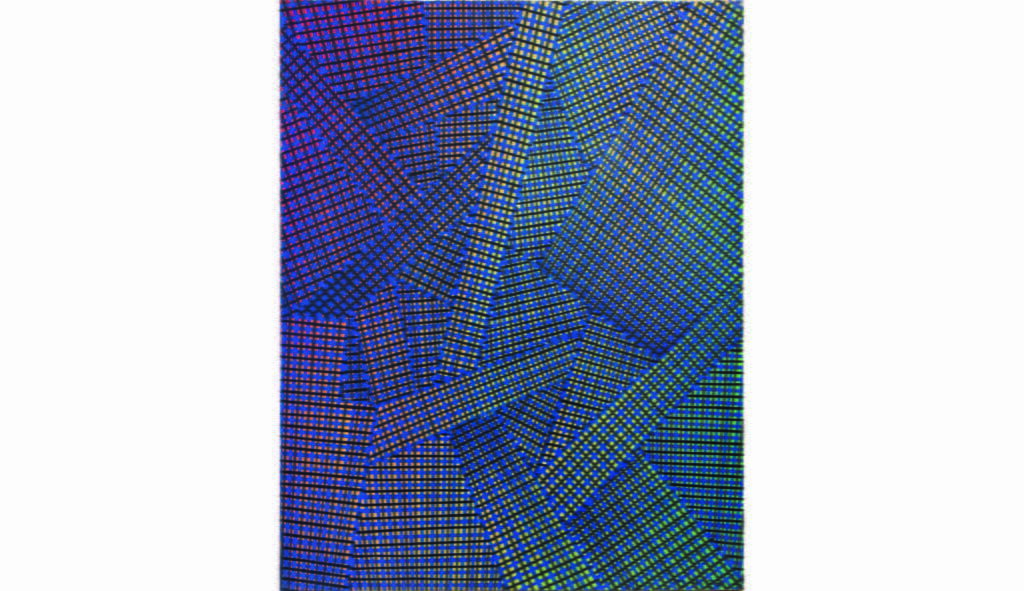Mario Nigro is considered to be one of the most significant exponents of post-war geometric abstraction in Italy.
Born in 1917 in Pistoia as the son of a professor of mathematics, Nigro’s upbringing predetermined the development of his geometrical-influenced style. Along with painting, he was also greatly influenced by music. Although he had an artistic soul, in 1929 he moved to Livorno where he began studying Chemistry and later progressed his studies in Pharmacology in Pisa.
While working as a pharmacist, Nigro remained artistically active. From the post-war period, he was fascinated by the Pittura Metafisica and Expressionism. Soon afterwards, Nigro himself started diving into abstraction, becoming one of the main figures of the Movimento d’Arte Concreta, a movement founded in Milan in 1948. After an initial post-Cubist period, he moved to Milan in 1949 and held his first solo show at the Libreria Salto. Having worked in the field of abstract art from the late 1940s, he produced a number of different series in this style and finally took part in the Salon des Réalités Nouvelles in Paris in 1951.
In the 1950s, Nigro decided to focus his production on paintings and adopted a quasi-musical dynamism in his abstractions. In the mid-1960s, Nigro’s oeuvre was influenced by Minimalist Art and ultimately his work focused on the interplay between painting and architecture.
Before his death in 1992 in Livorno, Nigro took part in the Venice Biennale multiple times.
His work is part of the collections of important museums in Rome, Milan, Genoa, Florence and Bologna among others. In 2006, the Peggy Guggenheim Collection in Venice organised a retrospective on his work, which was followed by another in 2012 at the Kunstsammlungen Chemnitz in Germany.

